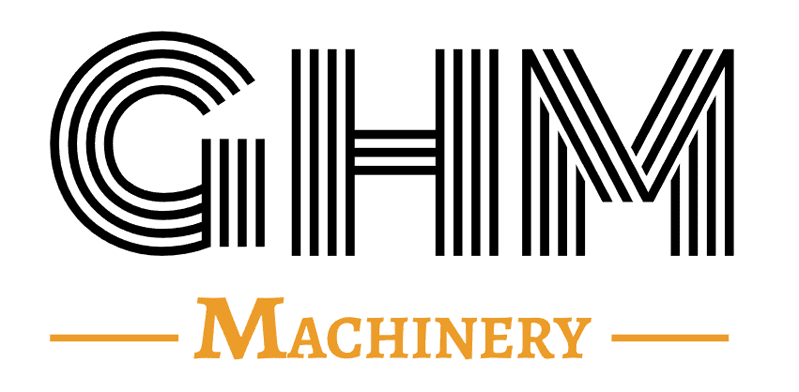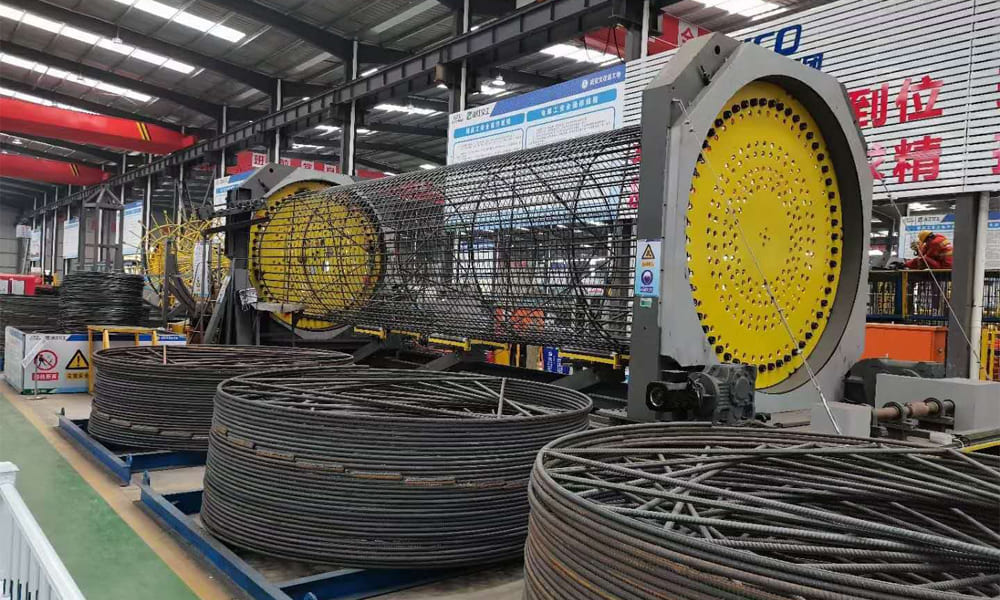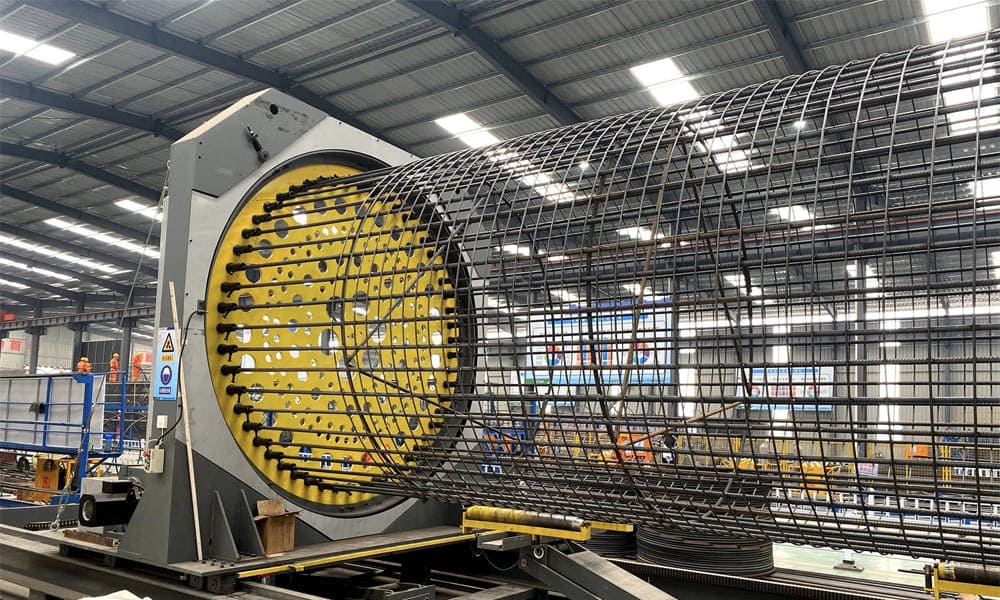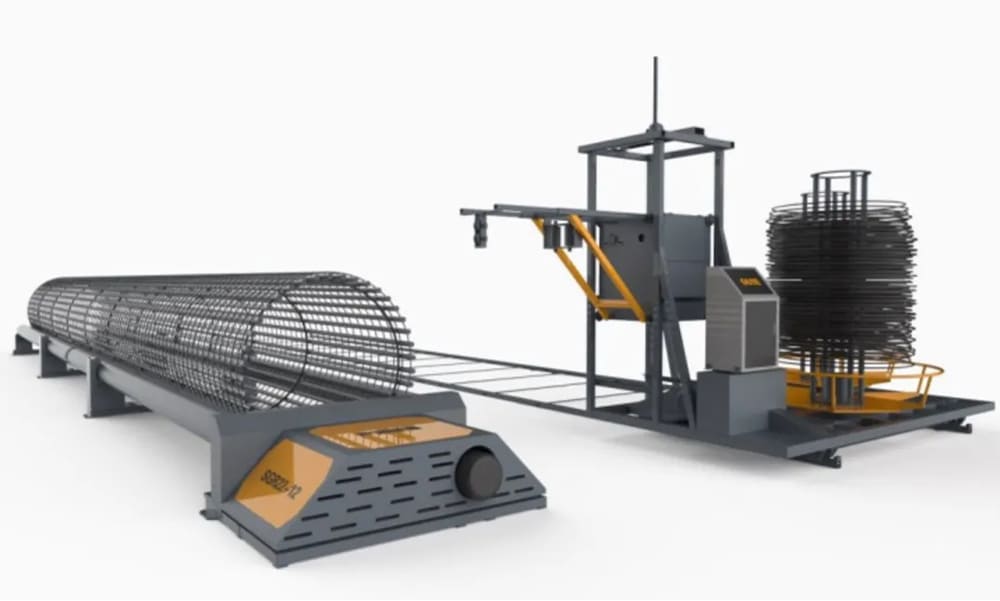Step-by-Step Guide to Make Steel Rebar Pile Cage
Make Steel Rebar Pile Cage requires precise calculations, advanced machinery, and a systematic approach to ensure structural integrity and compliance with specifications. This guide will walk you through each step of the process, highlighting key techniques and critical considerations for achieving a high-quality result.
1. Design and Initial Setup
- Calculate the Disc Circumference: Begin by determining the size of the steel cage based on the project requirements. Use the formula 2πr to calculate the circumference of the disc, considering any necessary overlap.
- Prepare the Threaded Steel Bars: Measure and cut the steel bars to the desired lengths. For accurate circular rings, place the steel bars on a ring-making table.
- Manual or Machine Bending: Form the bars into circular rings, either manually or using a ring-making machine for enhanced precision.
2. Welding the Stirrups and Ensuring Weld Quality
- Single-Sided Welding for Reinforcing Stirrups: When welding stirrups, maintain a controlled weld length of 10d to ensure durability.
- Quality Inspection: The quality of these welded stirrups plays a significant role in the overall strength of the steel cage. After welding, use a ruler to recheck the diameter and overlap length, verifying that all elements adhere to the required specifications.
3. Assembling the Steel Cage Framework
- Arrange the Main Bars: Set up 18 main bars on a supporting bracket, ensuring they are evenly spaced and positioned correctly.
- Welding the Reinforcement Hoops: Carefully weld the main bars to the reinforcement hoops on both sides, maintaining precise spacing throughout the assembly.
4. Using a CNC Rebar Winding Machine for Spiral Bars
- Spiral Bar Layout: A CNC rebar winding machine is ideal for accurately positioning spiral bars around the steel cage. Connect the cut section of the spiral bar to the machine’s spiral bar section.
- Initiate the Machine: Start the machine and allow it to guide the spiral bars along the designated path, aligning with the steel cage framework.
- Measure the Length of Spiral Reinforcement: Continuously measure the spiral reinforcement area to ensure precise placement as the CNC machine operates.
5. Welding and Securing the Spiral Bars
- Welding the Spiral Bars: Once the CNC machine reaches the designated point, securely weld the spiral bars to the main bars of the steel cage.
- Ensuring Seamless Integration: Attach the spiral bars to the reinforcement outlet and pre-weld to stabilize the structure.
6. Inspection and Spacing Adjustments
- Equipment Debugging: After the primary welding, inspect the setup to ensure that the spiral stirrups in dense areas maintain a consistent 100 mm spacing.
- Spacing Control: For non-dense areas, maintain a controlled spacing of 200 mm, adhering to a tolerance of ±20 mm.
- Staggering and Spot Welding: Stagger the spiral bars at alternating positions and employ spot welding where needed to reinforce the overall structure.
7. Final Quality Check and Finishing
- Comprehensive Inspection: Perform a final quality check on the entire steel cage to ensure all connections, welds, and reinforcements meet the project’s standards.
- Secure and Complete the Steel Cage: Once verified, finish any remaining welding or adjustments to achieve a robust, stable, and well-formed steel cage.
Key Takeaways for Successful Steel Cage Construction
- Precision and Consistency: Each step, from measuring and cutting to welding and spacing, must be executed with precision.
- Adherence to Welding Standards: Maintaining 10d weld length and consistent spacing is crucial for structural integrity.
- Advanced Machinery Utilization: Leveraging CNC rebar winding machines ensures accuracy, efficiency, and reduced manual labor.
- Meticulous Inspection: Regular inspections and adherence to specifications are essential for producing a high-quality steel cage.
Conclusion
Make Steel Rebar Pile Cage involves intricate steps that require skill, precision, and advanced equipment. By following this detailed guide, you can ensure a durable and structurally sound steel cage, ideal for reinforcement and construction purposes. For additional guidance or to learn more about steel cage manufacturing, visit www.ghmmachinery.com or reach out to us at peter@ghmmachinery.com.





